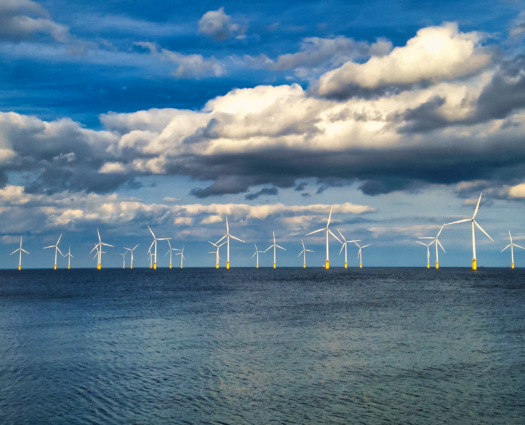Norway is an energy nation with favorable conditions for power-intensive industries. Currently, the industry sector accounts for a high share of energy consumption and approximately 40 percent of the total electricity consumption in Norway. There are also many initiatives for the establishment of new power-intensive activities such as battery and hydrogen production, carbon capture and storage, data centers, and land-based aquaculture.
In all projections of the power system, it is pointed out that industrial sector’s electricity usage will increase in the future. However, the actual extent of this increase depends, among other factors, on the amount of new industry being established and how existing industries develop. This will also be crucial for the need for investments in the grid and power production. Co-location of existing industries with surplus heat and new industries with heat requirements can help reduce the demand for electricity.
Today, the Energy Commission presented its report, and Oslo Economics, together with SINTEF, has conducted an analysis of industrial electricity consumption to provide input for the Energy Commission’s work. Our analysis examines factors influencing the location decisions of new industries, factors affecting the development of energy consumption in existing industries, and the potential for energy efficiency improvements in larger industrial operations.



